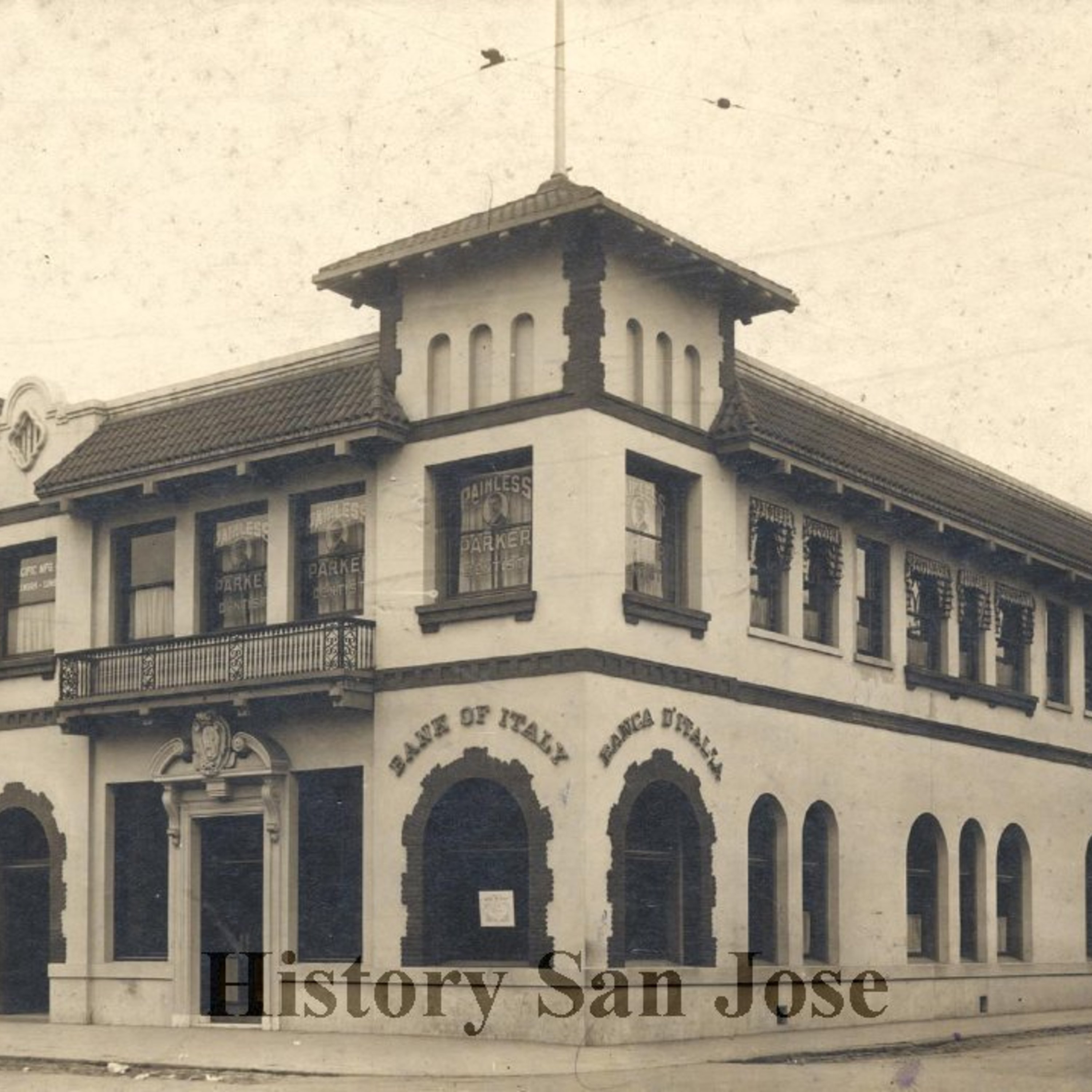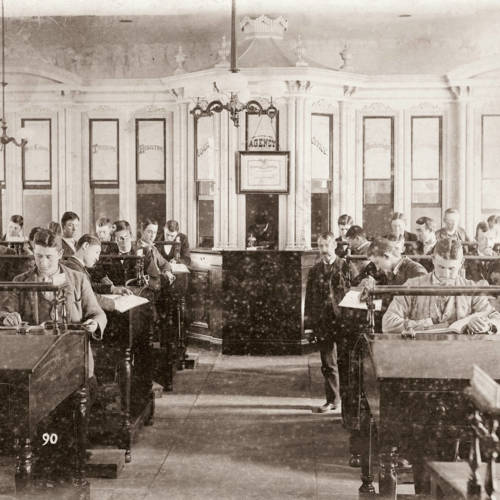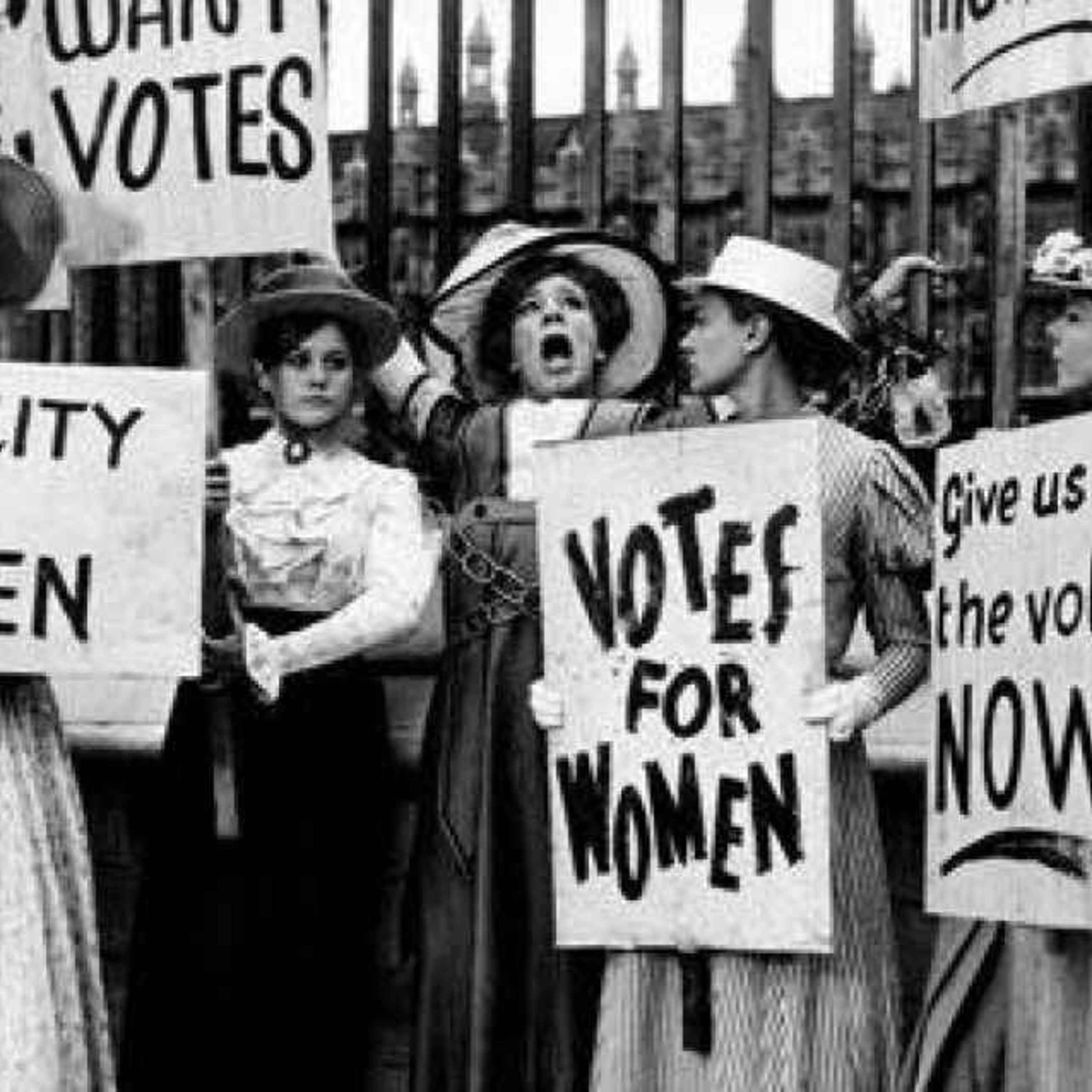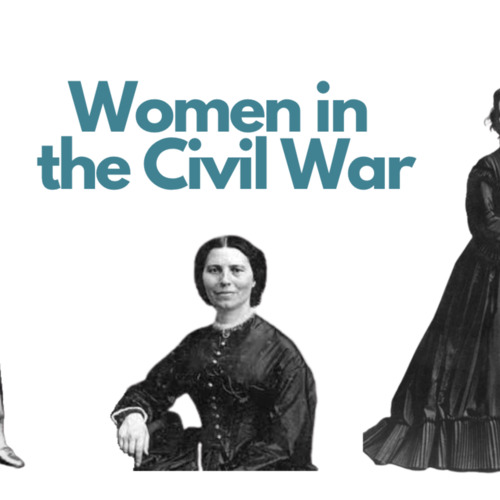The Great Depression was the worst economic downturn in the history of the industrialized world, lasting from 1929 to 1939. It began after the Stock Market Crash of October 1929, which sent Wall Street into a panic and wiped out millions of investors. Over the next several years, consumer spending and investment dropped, causing steep declines in industrial output and employment as failing companies laid-off workers. By 1933, when the Great Depression reached its lowest point, some 15 million Americans were unemployed and nearly half the country’s banks had failed.
The Depression affected virtually every country of the world. The general price deflation evident in the United States was also present in other countries. Virtually every industrialized country endured declines in wholesale prices of 30 percent or more between 1929 and 1933. Because of the greater flexibility of the Japanese price structure, deflation in Japan was unusually rapid in 1930 and 1931.
The Depression left deep emotional scars on the American psyche. The stock market crash destroyed the nation's feeling of invincibility and left its people anxious and guilt-ridden. For a decade, the Depression defined life in the United States, leaving an imprint on the nation that remains apparent at the beginning of the twenty-first century. Marginalized and susceptible communities and groups were disproportionately financially, physically, emotionally, and mentally affected by the Great Depression.
Terms You May Need to Know:
Depression – a dramatic downturn in economic activity in conjunction with a sharp fall in growth, employment, and production. Depressions are often identified as recessions lasting longer than three years or resulting in a drop in annual GDP of at least 10%.
Recession – a downward trend in the business cycle characterized by a decline in production and employment, which in turn causes the incomes and spending of households to decline.
Gross Domestic Product (GDP) – The market value of all final goods and services produced within an economy during a year.
Income – Earnings received as interest, rent, profit, and wages or salaries.
Inflation – A general, sustained upward movement of prices for goods and services in an economy.
Money supply (stock) – The quantity of money available in an economy. The basic money supply in the United States consists of currency, coins, and checking account (i.e., demand) deposits.
National debt – The total amount of outstanding government securities held by the public; the financial obligations of a national government resulting from deficit spending, also called public debt.
National income – The amount earned by resource suppliers for their contributions to the GDP. It can be calculated by adding the sum of the total employee compensation (wages and salaries), rental income, interest income, and profit.
Unemployment – The number of people 16 years of age and older who are without jobs and actively seeking work.
Unemployment rate – The percentage of the labor force that is willing and able to work, does not currently have a job, and is actively looking for employment.





